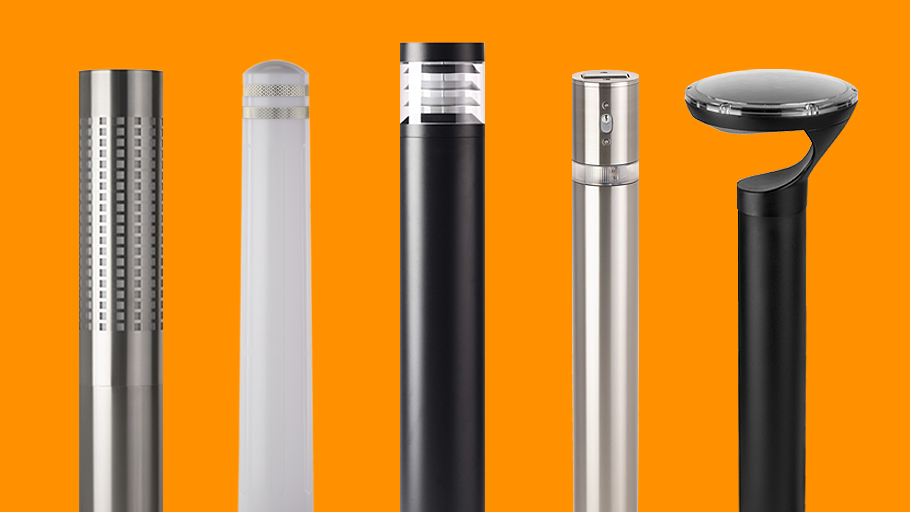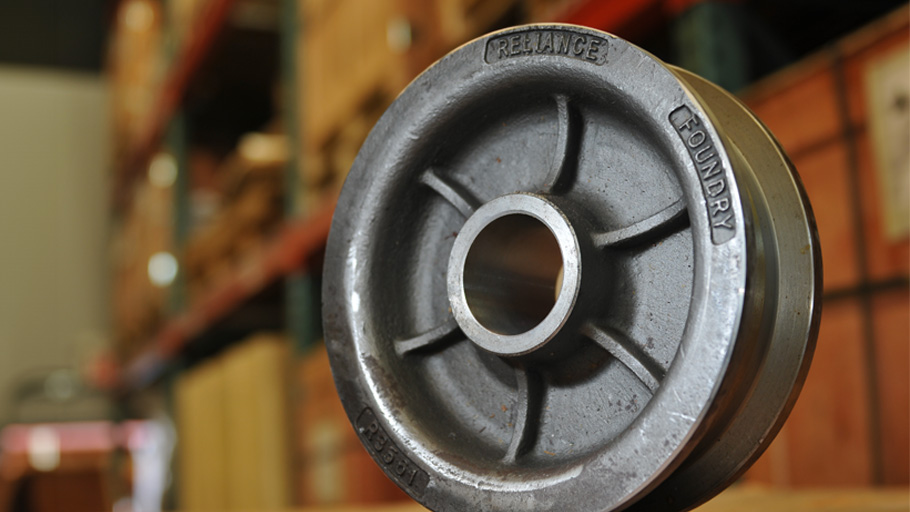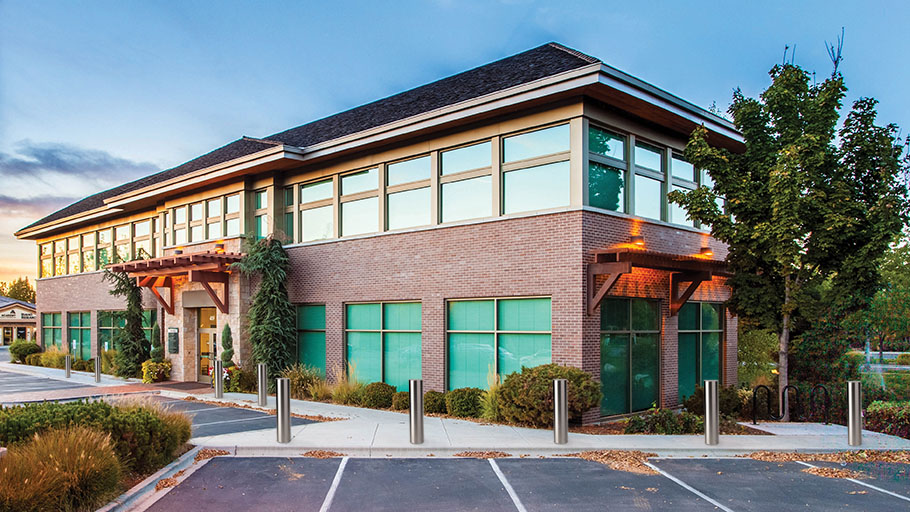Stadium security at the perimeter of the ballpark
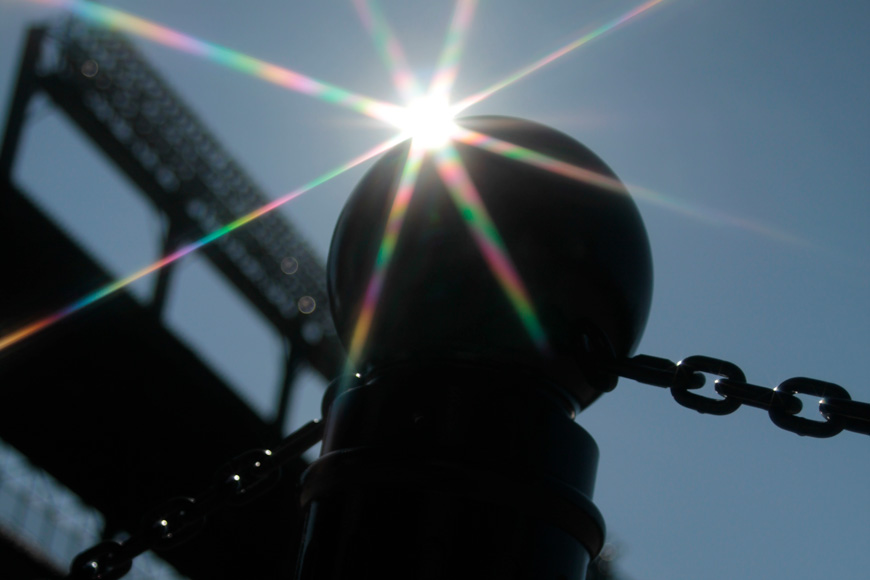
Sports arenas are often an expression and representation of a city’s collective identity: the local team is a beloved ambassador, and their stadium a ceremonial home. Arena owners work to provide a fantastic experience that reflects this. Crowd management is important to this experience, helping people flow easily into and out of the stadium without conflict, but this job is made harder as city populations densify. In many cities, event locations are clustered in one area, and sports fans compete with other special event traffic on game night. Stadium security must deal not just with its own fans, but with an awareness of its context. Bollards, short little traffic guiding poles, are an important tool in creating space around a stadium for the ease and protection of attending sports fans.
Professor Robert Trumpbour of Penn State, in his research on American stadiums, calls the period after 1976 “The Age of the Stadium.” Stadia have replaced cathedrals as a center of local pride. Architectural styling and up-to-the-minute technology are built into a new stadium, usually created in a partnership between a business and the city in which it is located. This focus brings pride, but it also brings risk. As both meeting place and a symbol of civic identity, the stadium may be targeted for attack.
Baseball has been a feel-good family sport for many years. Fights or riots amongst fans are unusual. For this reason, ball clubs were not early adopters of pat-down and metal detector screening at their doors. Yet major league baseball saw the need to get ahead of terrorist threats to attendees. Metal detectors became mandatory at all ballparks in 2015. With bag-checks, pat-downs, and vigilant guards, the fans in their seats are safe.
Yet the perimeter is still vulnerable. On game day, doors often open two hours before the national anthem begins, and people line up to find their seats and buy food and drink. During the pre-game rush, security issues are outside the stadium, not in it. The line-up is a bunched group of people waiting their turn to enter. They are exposed to the city and clustered together. Further, the stadium itself is vulnerable. A vehicle could be driven into its perimeter wall, with or without an explosive payload, doing damage and causing untold loss of life.
Bollards are an easy way to protect fans and property from vehicles. They can be placed in a wide perimeter that is permeable for pedestrians, but will stop a car. They allow a stadium to protect itself without preventing the easy flow of fans into and out of the venue.
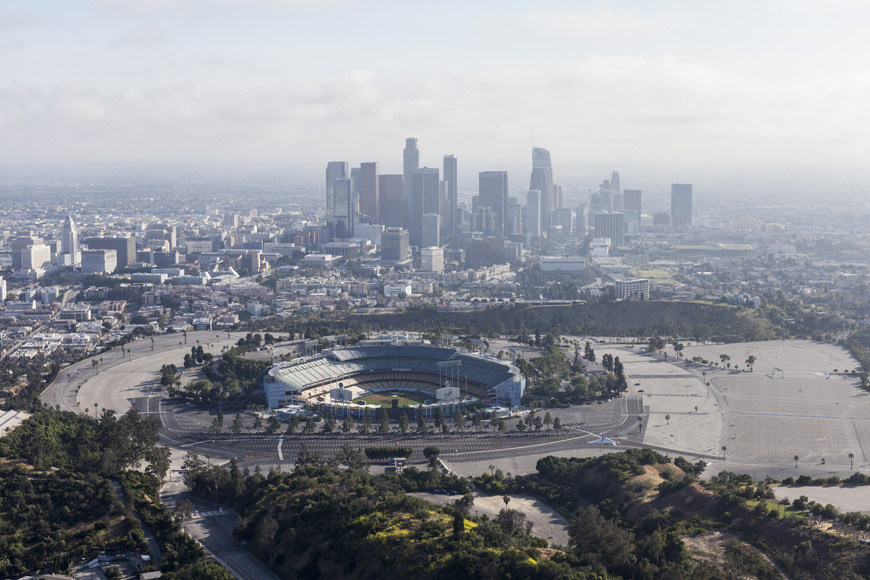
Maintaining pedestrian flow
Managing traffic flow is a huge concern for any event space. Where will people line up? Will they spill from the sidewalk to the street, and create challenges for traffic around them? Will the lines become confusing, causing conflict as people suspect others have skipped ahead?
Bollards on a perimeter can help communicate expectation of behavior both to pedestrians and cars. In some areas, bollards might be hooked together with detachable chains, allowing for orderly lines and clear guides.
However, because bollards create a permeable perimeter, they also minimize choke points in the event of fire or other emergency inside the stadium. Just as bollards provide unfettered access in to the venue, they also allow easy access back out.
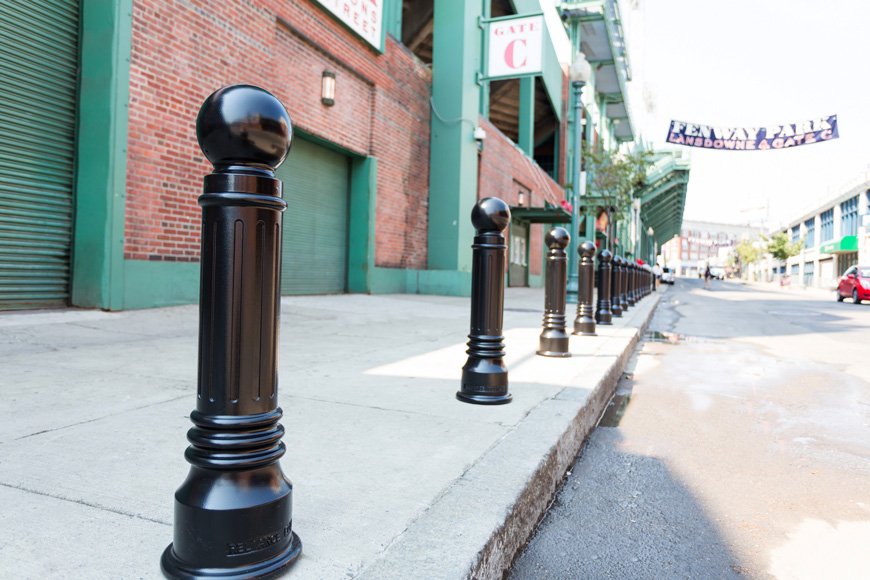
Perimeter design to create experience
Jersey barriers and concrete blocks are sometimes used to create boundaries. Jersey barriers are the segments of concrete wall used often along highways to create safety verges. They can be helpful in stadium parking lots but are very industrial in look and feel. They also are best at creating uninterrupted lines, which makes them a more dangerous obstacle if an emergency arises inside the stadium and people are moving to get free.
Concrete blocks are slightly more permeable than Jersey barriers. However, they share the industrial feel, and used in an unadulterated state, can create the feeling of being under attack. Sydney, Australia put out concrete blocks in response to a car-attack, and soon saw the blocks decorated by artists, as they were dull and a reminder of menace when unadorned. These might not fit in every stadium’s architectural plan.
Blocks are also used as tables, garbage repositories, or seats. When designing the pedestrian traffic plan and the maintenance schedule for a stadium, it is useful to think of where trash cans, seating, and other amenities might be useful and where they might pose a challenge. Designing flow and safety around the perimeter may mean considering a variety of plants, bollards, seating, lamp standards, and garbage receptacles that help with traffic flow and provide needed services.
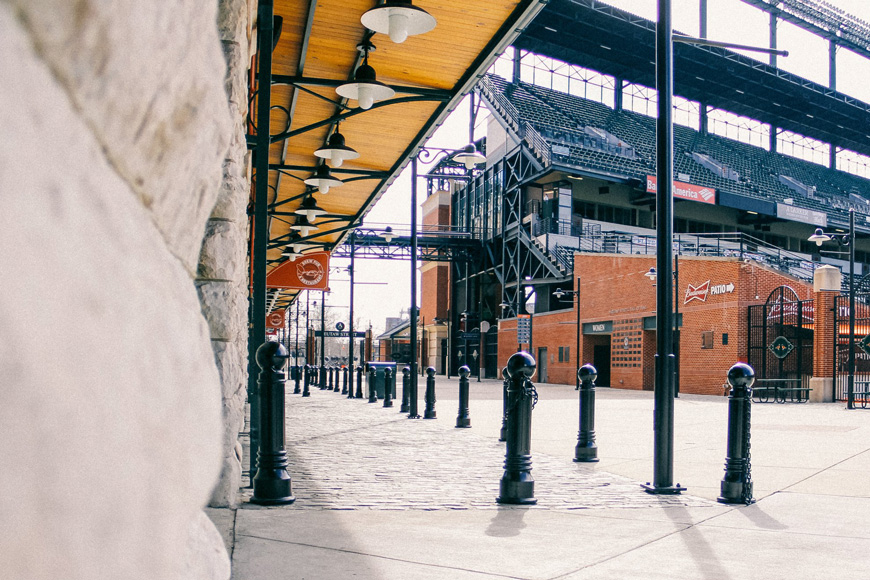
Ballparks and decorative bollards
The baseball diamond is at the heart of many cities’ civic pride. Whether it’s a legacy park recalling a rich history, or a new stadium built with the latest technologies, the ballpark helps define a place for both residents and tourists.
When constructing perimeter security around the park, bollards can be an architectural introduction to the style of the stadium, rather than a boring or non-descript barrier between the park and the world. Steel-and-pipe security bollards, providing impact protection against vehicles, can be covered with decorative bollards in many styles and colors. Historical parks might seek out a history-inspired bollard, something reminiscent of the cannon-bollards around buildings built in the 18th century. Historic Fenway and Oriole Parks each chose small, round-capped bollards reminiscent of the bollard designs of the 19th century, which enhance the red-brick and steel-girded stands that make the parks so distinctive.
For stadiums next to an ocean, marine-style bollards might make a good accent. Modern ballparks might choose bright, smooth-machined stainless steel, for a stylish, urban look. Color can also be used as the accent: powder coating in a variety of colors is available to match or complement the building or team colors. Many options are available in standard stock lines—but custom casting is also an option.
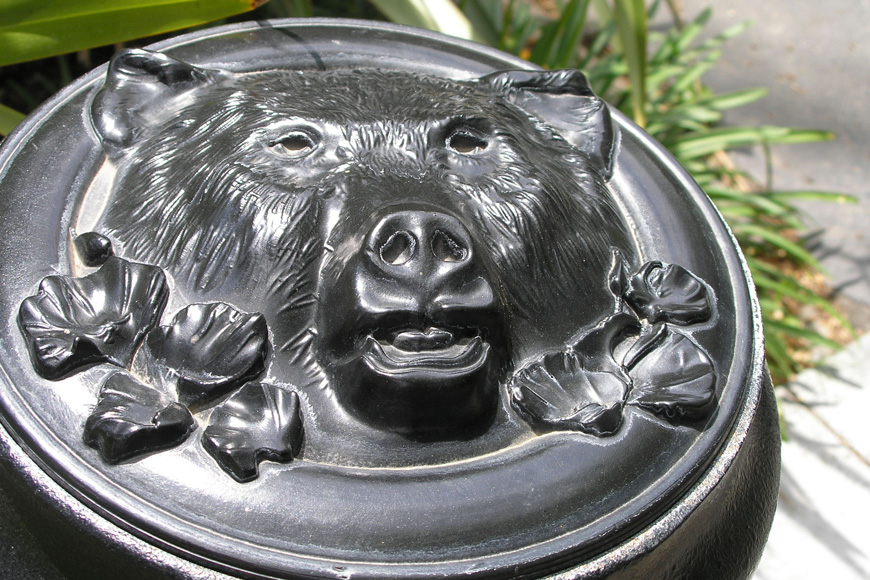
Customized bollards for maximum effect
Sports arenas have large perimeters, which makes it more volume-feasible to create a custom bollard design. Creating a new metal-casting pattern is a fixed cost whether for one bollard or one hundred, and so large orders and volume discounts make the cost more manageable.
Bollards are made up of a base, body, and cap. Each of these elements can be altered from stock models, or custom designed. Custom caps might sport a logo, or be powder coated a different color than the base. In some designs, lighting can be added to cap or body.
Decorative bollards can be installed over security pipe—but can also be installed with removable mountings, to provide a route for emergency vehicles, or to give variable access to a loading dock.
A small post with a big impact on stadium security
Whether custom designed or taken from stock lines, bollards are a practical and attractive way to enhance stadium security without detracting from user experience. Bollards can complement architecture and be part of the overall aesthetic. After deciding on a style, bollards can be used to provide consistency throughout a site, while doing a variety of needed jobs. Near loading docks, bollards with removable mountings can provide variable access to supply trucks. At the gate, bollards with chains can help create lines. Lighting can be added to cap or bollard body to guide people in a parking lot or along paths, or the light can simply be there for decoration. Bike parking can be offered by choosing a bollard with bike-locking arms, to be placed where bikes will not impede walking flow. Bollards are a useful tool for ballparks and other sports arenas, and putting them into a security plan makes cost-effective, experiencing-enhancing sense.

